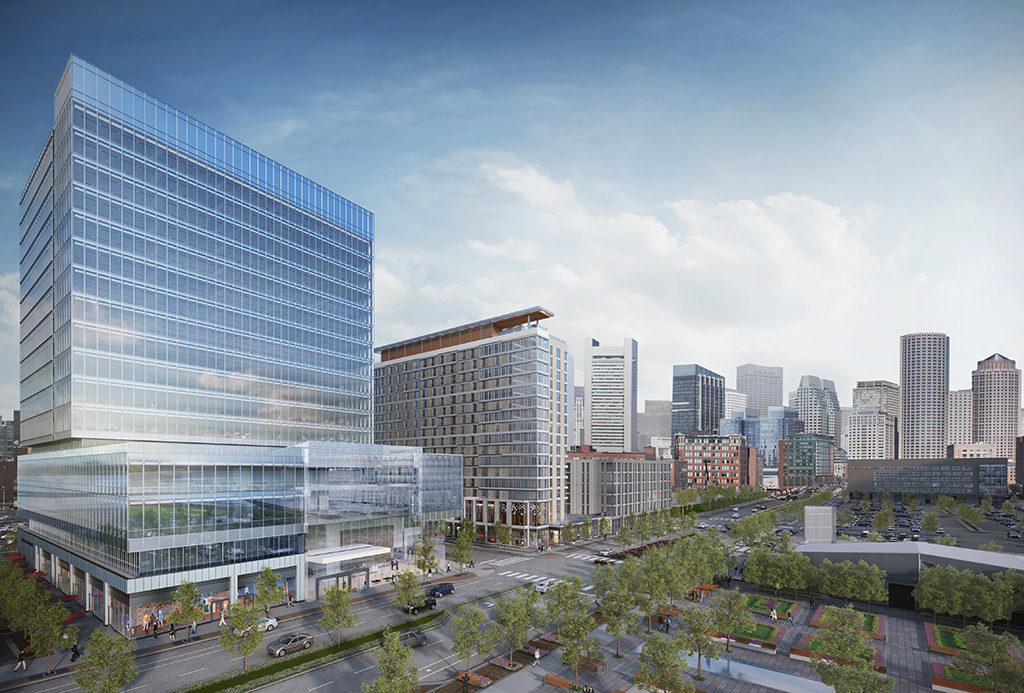Emerging Trends and Growth Potential in Urban Centers
Read latest blogs and articles from Housystan

The Information mentioned here was last updated on:
14/12/2025Emerging Trends and Growth Potential in Urban Centers
Urban centers worldwide are buzzing with transformation. Powered by a cocktail of cutting-edge technology, sustainability initiatives, and shifting societal dynamics, cities are evolving faster than ever. For individuals, businesses, and policymakers eager to understand the changing urban landscape, keeping up with these trends is essential. Let’s delve into some key developments shaping the future of cities and their untapped growth potential.
Smart Cities: Technology at the Heart of Urban Life
- Verified Tenants/Buyers
- Unlimited Property Listing
- Zero subscription/charges fee
Cities are rapidly embracing the potential of technology. From smartphone apps guiding commuters to real-time traffic updates, to sophisticated systems managing energy consumption, "smart cities" are redefining urban living.
The Rise of IoT Infrastructure
The Internet of Things (IoT) is a game-changer within this domain. Sensors and connected devices are integrated into city infrastructure, gathering data that can improve public services. For example, smart streetlights can adjust their brightness based on pedestrian activity, enhancing energy efficiency while ensuring safety.
Enhancing Public Transportation
Public transport is becoming more efficient and user-friendly. Digital ticketing systems streamline access, while apps provide real-time updates on bus and train schedules. These advancements not only improve convenience but also encourage more people to opt for public transportation, reducing traffic congestion and pollution.
Sustainability: Building Greener Urban Areas
As climate concerns mount, cities are at the forefront of sustainability efforts. Urban planners and local governments are adopting more eco-friendly practices to minimize environmental impact.
Green Roofs and Urban Gardens
The greenery atop city buildings is not just aesthetical; it combats urban heat and improves air quality. Green roofs and urban gardens absorb rainwater, lowering flooding risks, and provide habitats for urban wildlife. They also offer residents a slice of nature amid concrete landscapes.
Eco-friendly Architecture
Eco-friendly buildings utilize sustainable materials and energy-efficient designs, reducing their carbon footprint. Features like solar panels, rainwater harvesting systems, and natural lighting are standard in new constructions, heralding an era of more sustainable urban growth.
The Economy: A Shift Towards a Shared Model
Cities are experiencing a shift towards sharing economies — a trend influenced by technology, convenience, and a growing desire for sustainable living.
Co-working and Co-living Spaces
Co-working spaces have become the norm for freelancers, startups, and even corporations seeking flexibility and cost-efficiency. Similarly, co-living spaces offer affordable housing solutions, fostering community among urban dwellers.
Ride-Sharing and Short-term Rentals
Apps facilitating ride-sharing are reducing the number of vehicles on the road, decreasing traffic and emissions. Platforms offering short-term rental accommodations enable tourists and business travelers to experience cities like locals do, while property owners benefit from an additional income source.
Social Dynamics: The Evolution of Urban Communities
Urban centers are not just about infrastructure; they are melting pots of diverse cultures and social interactions. The dynamics within these communities are evolving, showcasing intriguing trends.
Revitalization of Urban Areas
Previously neglected urban areas are experiencing revitalization, transforming into vibrant cultural and business hubs. Governments and private investors are funding projects to restore historical buildings, creating spaces that reflect the community's heritage while fostering economic growth.
Inclusivity and Diversity
Cities are putting more emphasis on inclusivity and diversity, recognizing the benefits they bring. This shift is evident in policy changes, community programs, and a broader acceptance of varied backgrounds and lifestyles, enriching urban life.
Mobility: Innovation in Urban Transportation
Urban mobility is pivotal to the development of cities. Innovative transportation solutions are making it easier for people to navigate dense urban landscapes efficiently.
Micro-Mobility Solutions
E-scooters and bicycles, part of the micro-mobility trend, are increasingly popular. They offer quick, affordable, and flexible transit options, especially for short distances, and contribute to less traffic and pollution.
Autonomous Vehicles
The future of urban transportation also points towards autonomous vehicles. Though not yet a day-to-day reality, they promise reduced accidents and more efficient traffic management, as these vehicles can communicate with each other and city infrastructure.
Digital Connectivity: Bridging the Gap
The digital age puts connectivity at the forefront of urban development, providing new opportunities and addressing challenges imposed by growth.
Bridging Urban-Rural Divides
Digital connectivity is helping bridge gaps between urban and rural areas. With high-speed internet and advanced communication technologies, opportunities in education, healthcare, and commerce become accessible to more people, regardless of their location.
Smart Governance
Digital platforms are making governance more transparent and participatory. Citizens can now communicate with their local government easily, voice concerns, or become part of decision-making processes, fostering a sense of community and accountability.
Challenges and Opportunities: Balancing Growth and Livability
While these trends offer exciting possibilities, they also present challenges that cities must navigate carefully.
Managing Urban Density
As urban areas expand, managing density becomes crucial to maintaining quality of life. Developing efficient public services, enhancing public spaces, and ensuring affordable housing are key to sustainable urban growth.
Balancing Development and Heritage
Cities must balance advancement with the preservation of cultural and historical assets, integrating modern necessities without eroding their unique character.
Emerging trends in urban centers not only reshape the physical environment but also influence economic structures and cultural dynamics. Every layer of development offers opportunities for growth, inviting us to rethink and reinvent what living in a city means. Understanding these shifts equips us to better engage with and thrive in the urban environments of tomorrow.